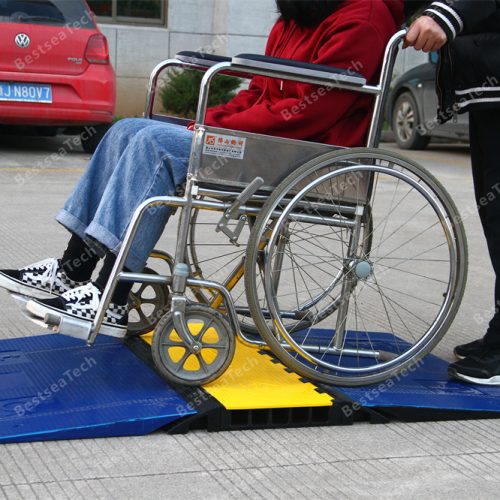What is ASTM?
Zhejiang Bestsea Technology Co., Ltd. specializes in R & D, production and sales of plastic and metal products in cable protectors, warehouse safety products, crowd control and street equipment industries. We have developed more than 200 products that meet mutcd, ASTM and CE standards. We have implemented strict quality control standards to ensure that our customers can have high-quality products in this changing global market.
ASTM American Society for testing and materials, formerly the international society for testing and materials. ASTM is one of the oldest and largest non-profit standards academic groups in the United States. After a century of development, ASTM has 33669 (individual and group) members, of which 22396 Main Committee members serve as technical experts in its committees. There are 2004 technical sub committees under the technical committee of ASTM. 105817 units participated in the formulation of ASTM standards. The main task is to formulate characteristic and performance standards, test methods and procedure standards in the fields of materials, products, systems and services, so as to promote the development and popularization of relevant knowledge.
ASTM standards are divided into the following six types:
(1) Standard test method is a specified procedure used to identify, detect and evaluate the quality, characteristics and parameters of materials, products, systems or services.
(2) Standard Specification puts forward technical requirements and specific instructions for materials, products, systems, or projects, and also puts forward the procedures that should be adopted to meet the technical requirements.
(3) Standard practice a program that describes one or more specific operations or functions but does not produce test results.
(4) Standard terminology describes or defines nouns, symbols, abbreviations and acronyms.
(5) Standard Guide, which selects a series or explains the usage, but does not introduce the specific implementation method.
(6) Standard Classification (class. Classification) distinguishes and classifies materials, products, systems, or specific services according to their source, composition, performance or use.











